The robots are sparing us the pains of tomorrow.
Picking up and examining pebbles of fuel is just the first step.

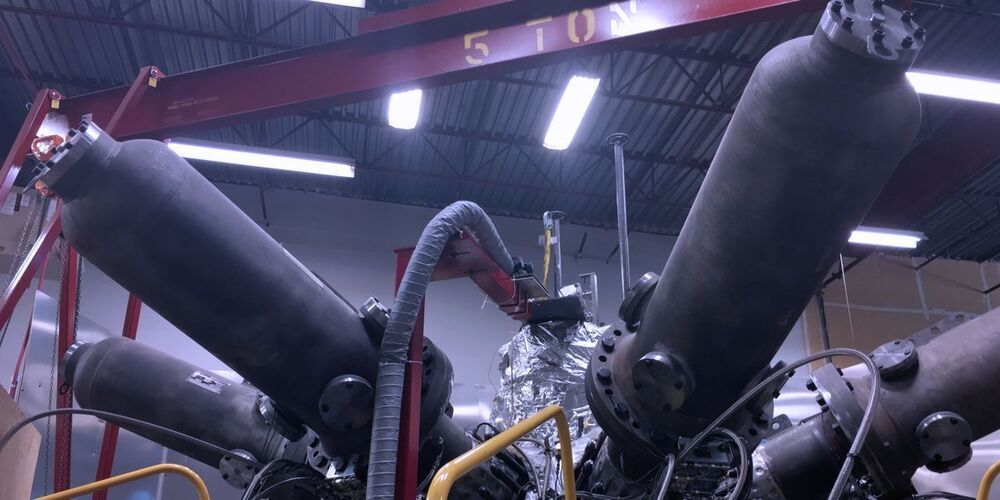
This tech could be more practical than tokamaks.
Two competing nuclear fusion companies, each with venture capital superstars as major investors, say we’re approaching the “Kitty Hawk moment” for their technology as early as 2025.
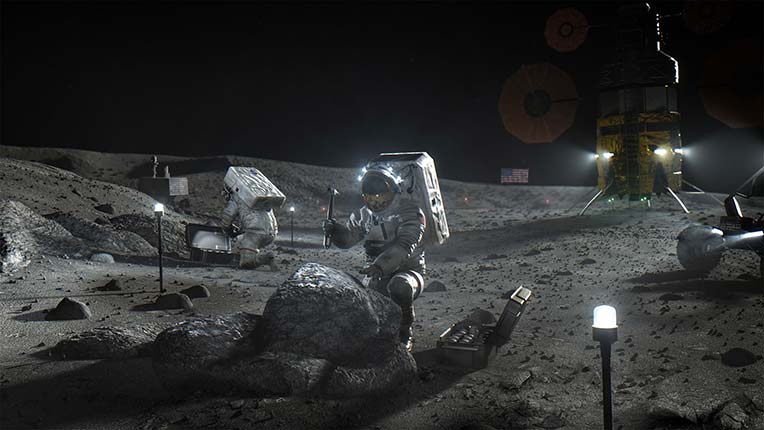
Here’s a riddle: What do the Moon, nuclear weapons, clean energy of the future, terrorism, and lung disease all have in common?
The answer is helium-3, a gas that’s extremely rare on Earth but 100 million times more abundant on the Moon.
The capability to show anatomic details of the lungs and airways, and the ability to display functional imaging as a patient breathes, makes helium-3 MRI far better than the standard method of testing lung function. Called spirometry, this method tells physicians how the lungs function overall, but does not home in on particular areas that may be causing a problem. Plus, spirometry requires patients to follow instructions and hold their breath, so it is not great for testing young children with pulmonary disease.
Over the past several years, researchers have been developing MRI for lung testing using other hyperpolarized gases. The main alternative to helium-3 is xenon-129. Over the years, researchers have learned to overcome certain disadvantages of the latter, such as its potential to put patients to sleep. Since helium-3 provides the strongest signal, though, it is still the best gas for MRI studies in many lung conditions.
But the supply of helium-3 on Earth has been decreasing in recent years, due to the declining rate of dismantling of warheads, just as the Department of Homeland Security has required more and more of the gas for neutron detection. As a result, the cost of the gas has skyrocketed. Less is available now for medical uses–unless, of course, we begin mining it on the moon.
Wow…even I was amazed by these stats and timeline… and I am an unapologetic optimist and futurist who wants to live forever lol.
This video is a synopsis of our research report “Rethinking Energy 2020–2030: 100% Solar, Wind, and Batteries is Just the Beginning” that was published on October 27th, 2020 and is available for download free of charge from our RethinkX website https://www.rethinkx.com/energy.
We are on the cusp of the fastest, deepest, most profound disruption of the energy sector in over a century. Like most disruptions, this one is being driven by the convergence of several key technologies whose costs and capabilities have been improving on consistent and predictable trajectories – namely, solar photovoltaic power, wind power, and lithium-ion battery energy storage.
Our analysis shows that 100% clean electricity from the combination of solar, wind, and batteries (SWB) is both physically possible and economically affordable across the entire continental United States as well as the overwhelming majority of other populated regions of the world by 2030. Adoption of SWB is growing exponentially worldwide and disruption is now inevitable because by 2030 they will offer the cheapest electricity option for most regions.
Coal, gas, and nuclear power assets will become stranded during the 2020s, and no new investment in these technologies is rational from this point forward. But the replacement of conventional energy technology with SWB is just the beginning. As has been the.
In a feat requiring perseverance, world-leading technology, and no small amount of caution, scientists have used intense X-rays to inspect irradiated nuclear fuel. The imaging, led by researchers at Purdue University and conducted at the U.S. Department of Energy’s (DOE) Argonne National Laboratory, revealed a 3D view of the fuel’s interior structure, laying the groundwork for better nuclear fuel designs and models.
Until now, examinations of uranium fuel have been limited to mostly surface microscopy or to various characterization techniques using mock versions that possess little radioactivity. But scientists want to know at a deeper level how the material changes as it undergoes fission inside a nuclear reactor. The resulting insights from this study, which the Journal of Nuclear Materials published in August 2020, can lead to nuclear fuels that function more efficiently and cost less to develop.
To get an interior view of the uranium-zirconium fuel studied, the researchers sectioned off a bit of used fuel small enough to be handled safely—a capability developed only within the last seven years. Then, to see inside this tiny metallic sample, they turned to the Advanced Photon Source (APS), a DOE Office of Science User Facility located at Argonne.
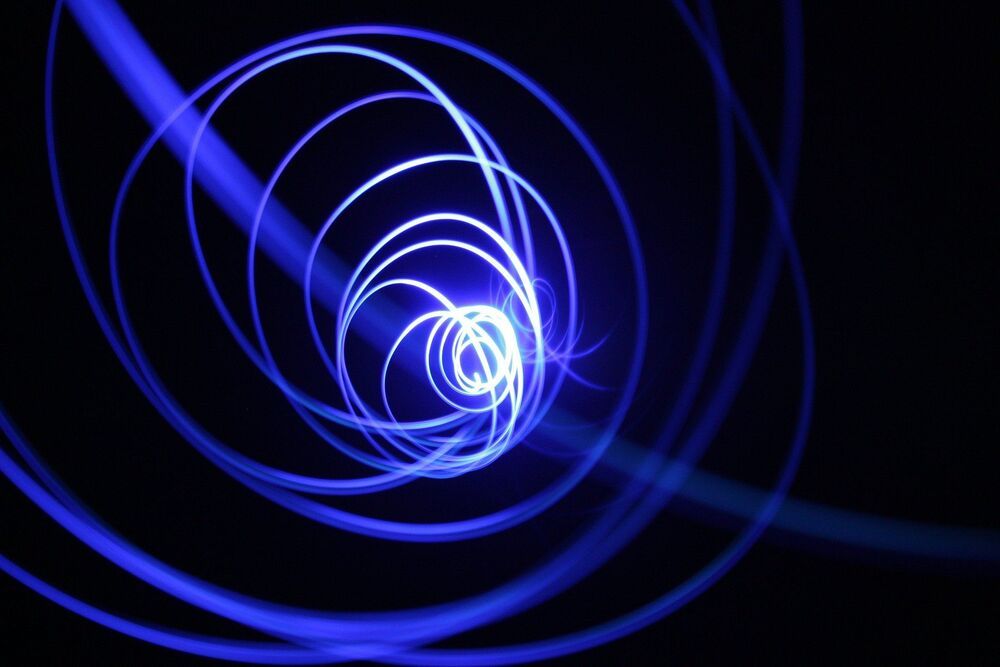
On the path to writing his Ph.D. dissertation, Lucio Milanese made a discovery—one that refocused his research, and will now likely dominate his thesis.
Milanese studies plasma, a gas-like flow of ions and electrons that comprises 99 percent of the visible universe, including the Earth’s ionosphere, interstellar space, the solar wind, and the environment of stars. Plasmas, like other fluids, are often found in a turbulent state characterized by chaotic, unpredictable motion, providing multiple challenges to researchers who seek to understand the cosmic universe or hope to harness burning plasmas for fusion energy.
Milanese is interested in what physicist Richard Feynman called “the most important unsolved problem of classical physics”—turbulence. In this case, the focus is plasma turbulence, its nature and structure.

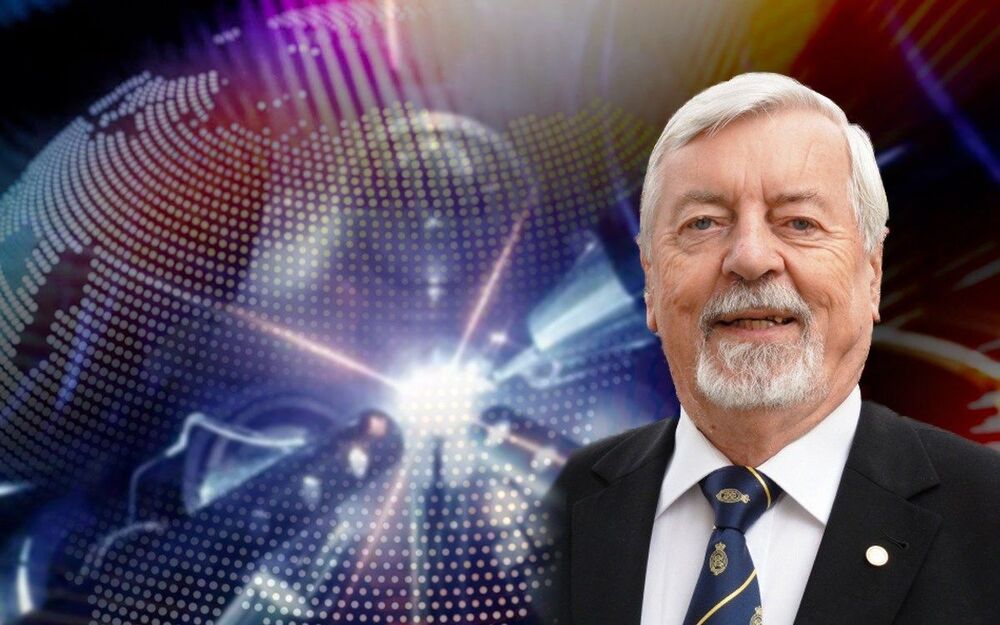
Circa 2020 radiationless laser.
One of the world’s leading specialists in laser fusion, the Australian physicist Prof. Heinrich Hora, has proposed a new type of nuclear reactor which promises to provide highly-efficient, radioactivity-free generation of electric power, with virtually unlimited reserves of fuel. The design uses ultra-high-power, ultra-short-pulsed lasers to trigger fusion reactions between nuclei of hydrogen and boron. Hora believes that a prototype of his reactor could be running within the decade.
In the previous installments of this series, Jonathan Tennenbaum introduced readers to the new reactor concept and its fascinating scientific and technological background.
It is fitting to conclude this series with an interview Tennenbaum conducted in March this year with Heinrich Hora.
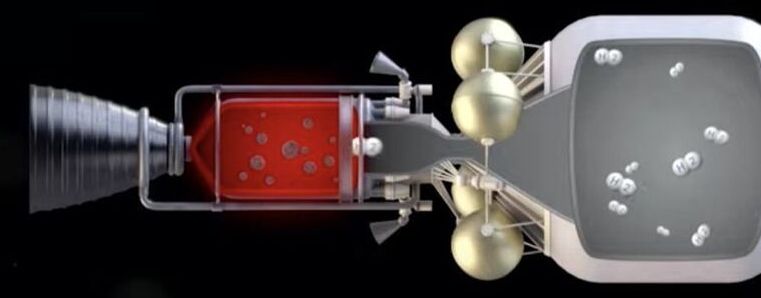
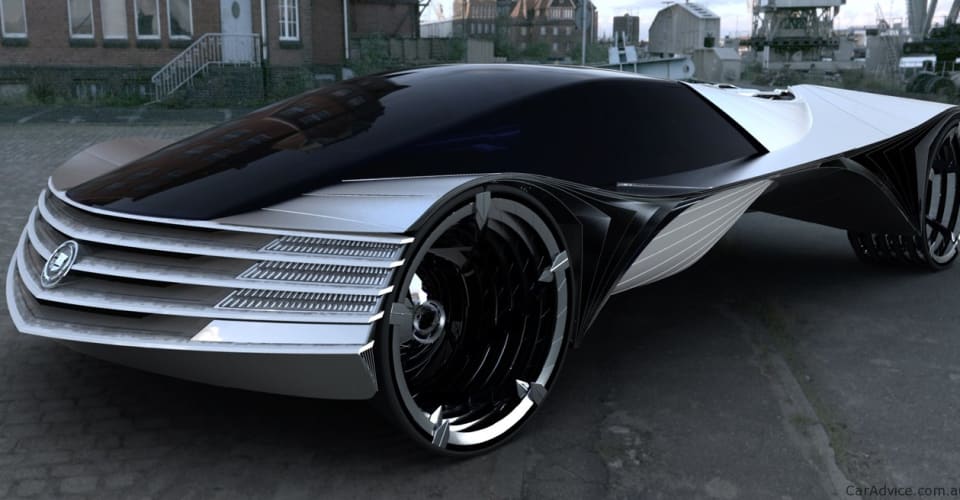
A US company says it will have a nuclear-powered prototype vehicle on the road within two years.
Laser Power Systems from Connecticut is developing a method of propulsion that uses thorium to produce electricity to power a car engine.
Thorium is an element similar to uranium and because it is such a dense material it has the potential to produce massive amounts of heat.
According to Laser Power Systems CEO, Charles Stevens, just one gram of thorium produces more energy than 28000 litres of petrol. Mr Stevens says just eight grams of thorium would be enough to power a vehicle for its entire life.